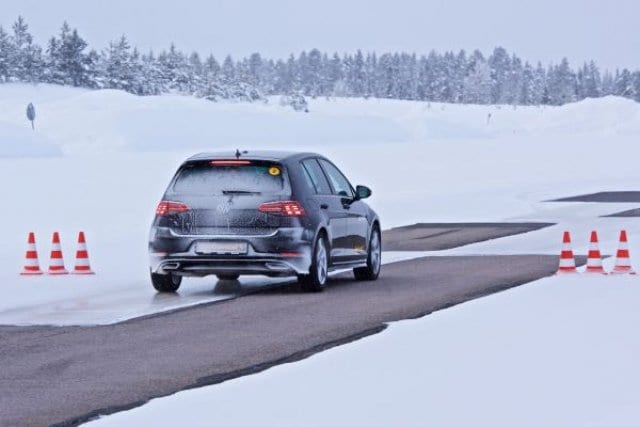
Is it worth it to "bleed" the brake on ice?
Do I need to press the brake pedal when you are on an icy road? If you obtained a driver’s license more than ten years ago or with an older instructor, you are likely to answer “Yes” to this question.
In this review, we consider a system that made this advice not only redundant, but even dangerous.
One of the main causes of severe accidents is the tendency of brakes on slippery surfaces to send the car into an uncontrolled skid. At this point, the wheel practically turns into a skid and you lose control of the wheel - no matter how good and new your tires are.
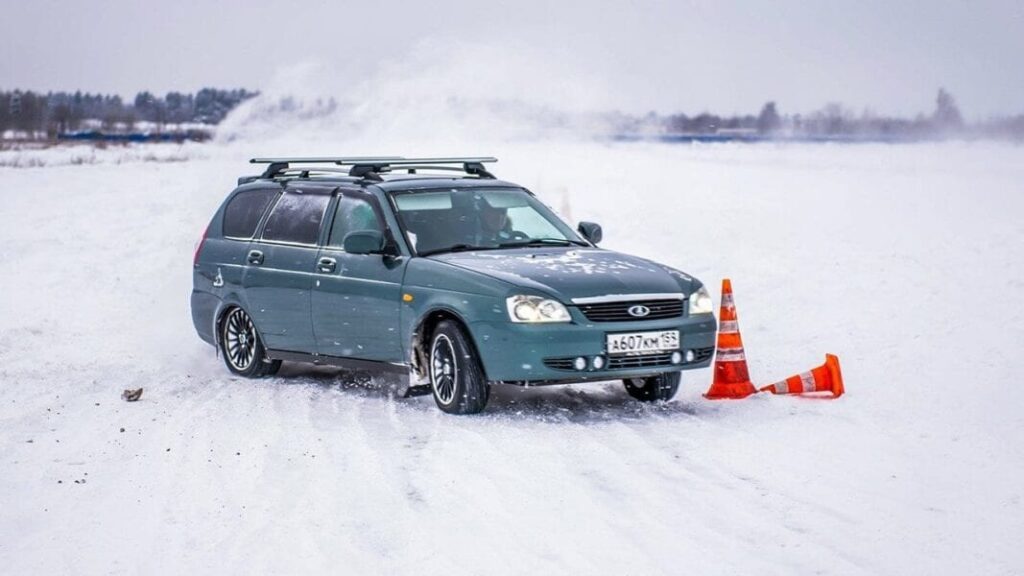
The instructors recommended slowing down the car by pressing the brake pedal several times, instead of pressing it once properly. When pressed once, the brakes of the wheel lock and lose traction.
Since the beginning of the 20th century, automobile companies have been trying to solve this problem and prevent drifts on an icy road. But the first mechanical systems were cumbersome and unreliable. The decision ultimately came from the aviation industry, and from the second half of the 1990s, all new cars as standard were equipped with ABS or anti-lock braking system.
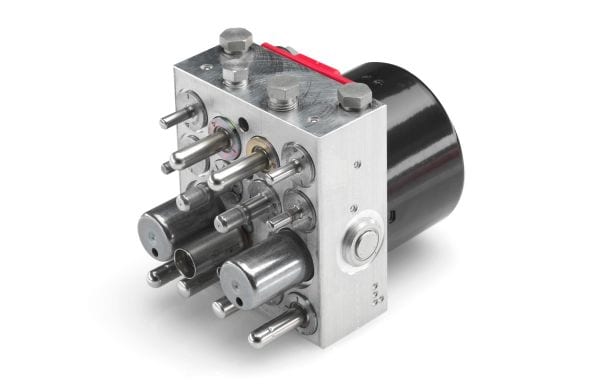
How does ABS work?
There is a speed sensor on each wheel that determines whether it starts to slow down before it locks. The sensor sends a signal to the system computer, which releases the valve in the brake caliper and reduces the brake fluid pressure. As soon as the wheel regains its speed, the pump again raises the pressure and engages the brake. This is repeated dozens of times per second during extreme braking. It is from the operation of the pump that the pedal begins to "pulsate" underfoot, sometimes quite strongly. Do not worry about it.
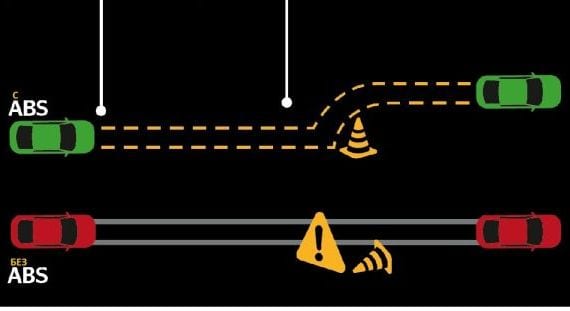
If you are driving a modern car and you have to stop suddenly, it makes no sense to pump the pedal, as in the old Lada - this will only extend the braking distance. Instead, press the pedal as hard as you can and hold it there. The ABS will allow you to maneuver to avoid obstacles, and with the brakes locked (as on older models), the car is almost uncontrollable.
Earlier ABS systems also had disadvantages. In some cases, they actually increase the braking distance - for example, on fresh snow or gravel, when an otherwise locked wheel will dig in and stop faster.
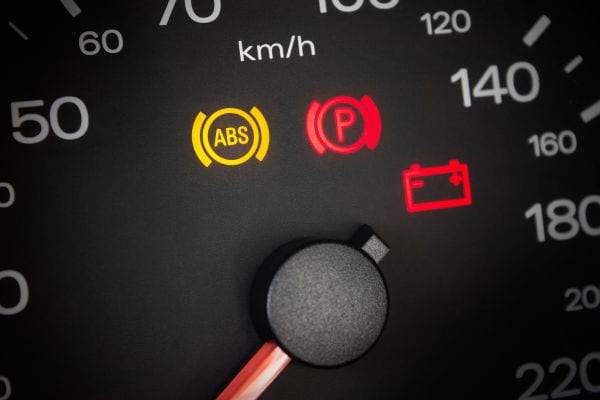
It is no accident that in the 1990s, the owners of the first taxis with anti-lock systems forcedly deactivated the mechanism manually. Fortunately, technology has advanced a lot since then. Compared with the first ABS, modern systems receive information from sensors five times more often and can respond to almost any conditions on the road.
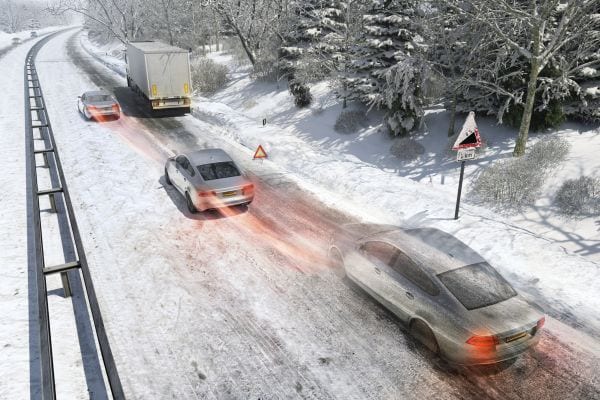
If, for example, one wheel is on ice and the other is on dry pavement or gravel, the system adjusts in a fraction of a second and applies different braking forces to each wheel individually.
